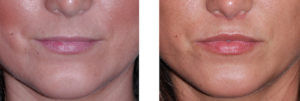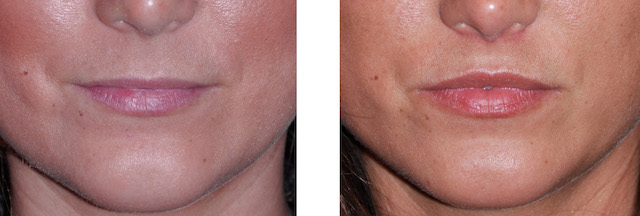A long upper lip, whether from aging or natural development, can be a source of aesthetic concern. An increased distance between the base of the nose and the upper lip increases the midface length and disrupts the balance between the facial third proportions. In addition to facial imbalance it also creates a perception of aging.

In the March 2019 issue of the journal Plastic and Reconstructive Surgery, an article was published entitled ‘Subnasal Lip Lifting in Aging Upper Lip: Combined Operation with Nasal Tip Plasty in Asians’. In this paper the authors describe a short scar subnasal lip lift technique that is combined (partly out of necessity) with a closed tip rhinoplasty in a series of thirty (30) Asian patients. The subnasal lip lift technique consists of bilateral excision of nasal base skin leaving the base of the columellarskin intact. (albeit undermined along with that of most of the upper lip skin) At the same time the columellar and nasal tip skin was also undermined and released. A small piece of orbicularis muscle is removed at the base of the columella. The central part of the excess skin of the upper lip is ‘removed’ (pushed up onto the columellar which creates part of the tip pasty) through suturing of the upper edge of the orbicularis muscle to the base of the nose. In closure of the base of the nose incisions, part of them has been moved now up along the sides of the columella intranasally. The removed skin segments are then de-epithelized and used as onlay tip grafts.
Their results showed high patient satisfaction. Besides the central upper lip shortening effects the nasolabial angle was opened an average of almost 15 degrees. The increased vermilion upper lip show was demonstrated by the angulation of the upturned vermilion edge.

Dr. Barry Eppley
Indianapolis, Indiana



